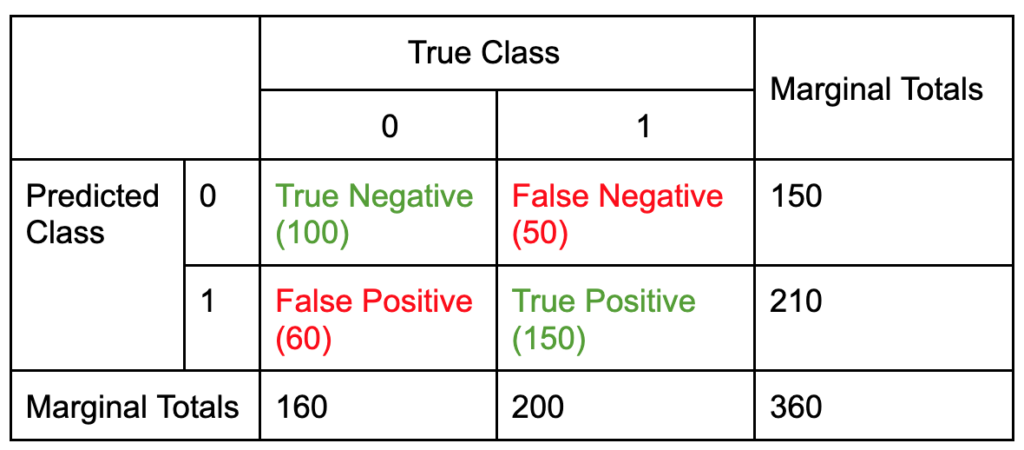The false positive rate measures the proportion of actual negative observations that were predicted to be positive. In other words, it is 1 – Specificity, or
False Positive Rate = False Positives / (False Positives + True Negatives)
Using an example:

FPR = 60 / (60 + 100) = .375
